Some notes when cultivating shrimp in the winter crop of 2023
Weather and climate change can affect production during the fall and winter seasons
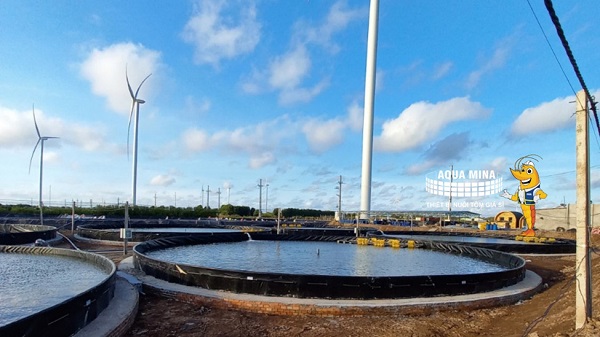
Therefore, farmers need to have basic techniques to take care of ponds during this winter crop
The fall and winter weather affects the shrimp farming process
Weather change
Weather and climate change can affect production during the fall and winter seasons. If there are changes that did not occur before during this time such as cold, sudden temperature drops, or storms, shrimps can be seriously affected.
Diseases and epidemics
During this time, shrimps are susceptible to diseases due to environmental changes. These diseases can damage shrimps and affect their health and growth.
Water quality
Water quality is an important factor in shrimp production. Shrimps are susceptible to shock if the water quality is not guaranteed, environmental indicators are unstable or the water is polluted due to storms and floods.
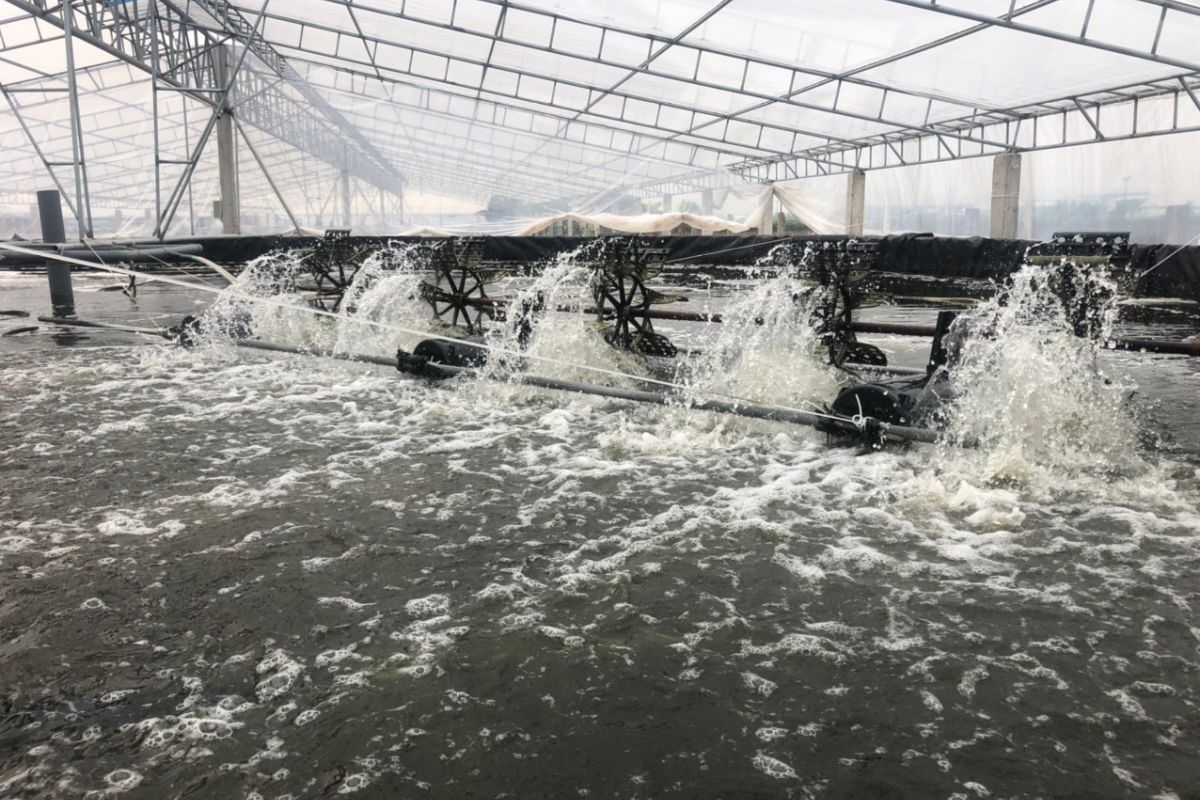
Food and nutrition
Due to weather changes, shrimps easily refuse to eat, leading to a lack of necessary nutrients for development. Shrimps grow slowly and can even die en masse, causing failure of the farming crop.
Canvas houses are gradually being used by people in shrimp farming.
Environmental factors worth paying attention to in the winter crop
pH
pH is considered stable when it is between 7.5 - 8.5 and the difference between day and night fluctuations does not exceed 0.5 units. For heavily alum-contaminated soils, be careful of low pH.
Salinity of surface water
When there is heavy rain, this salinity drops quickly, so it is necessary to drain the surface water to avoid causing too large a change. Large ponds with high depths will also help reduce salinity fluctuations during prolonged hot weather or heavy rain.
Dissolved oxygen
Oxygen in shrimp ponds must not be lower than 4mg/l. If oxygen is lower than 3mg/l, shrimp will stop eating and pull to the wall. If not handled promptly, shrimps may die.
Alkalinity
Alkalinity in shrimp ponds must always be kept stable with a content higher than 80mg -CaCO3/l. During winter shrimp farming, especially during the rainy season, you should regularly apply lime to shrimp ponds.
Transparency
Transparency represents the phytoplankton growing in shrimp pond water, it should be maintained between 25 - 40cm. Improved phytoplankton transparency is good for shrimps, because it limits suspended substances, improves shrimps’ vision, and reduces risks to shrimps.
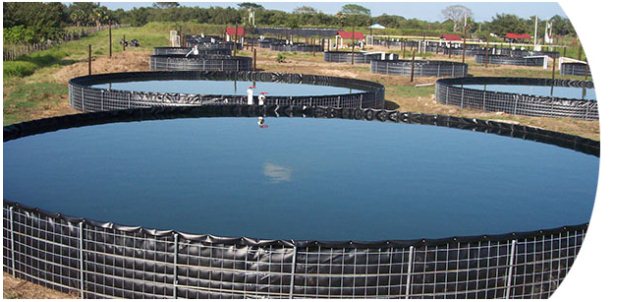
H2S and NH3 toxic gases
H2S is very toxic to shrimp, concentrations above 0.02 mg/l will affect shrimps, but H2S only appears when the pH is below 7. Therefore, it is necessary to maintain pond water pH at a neutral level. For NH3, a concentration of 1mg/l can cause shrimp death, concentrations above 0.1mg/l affect shrimp growth, so it is necessary to maintain NH3 below 0.1mg/l in many ways, but You can use some microbial products to absorb them in the last months of the farming cycle to absorb NH3.
Pond bottom and wastes
At the end of the winter shrimp farming cycle, the pond bottom often accumulates a lot of organic matters and H2S, and there are many suspended substances in the water due to dead algae.
Coin fungus and dog foot fungus appear in the pond
At the time of changing seasons, when the temperature drops, there is a lot of rain, algae die, the pond has a lot of excess organic matters,... these are favorable conditions for coin fungus to grow. Not only that, this species also clings to tarpaulins, water fans, buoys and farming equipment, causing serious impacts on the health of farmed shrimp when eaten.
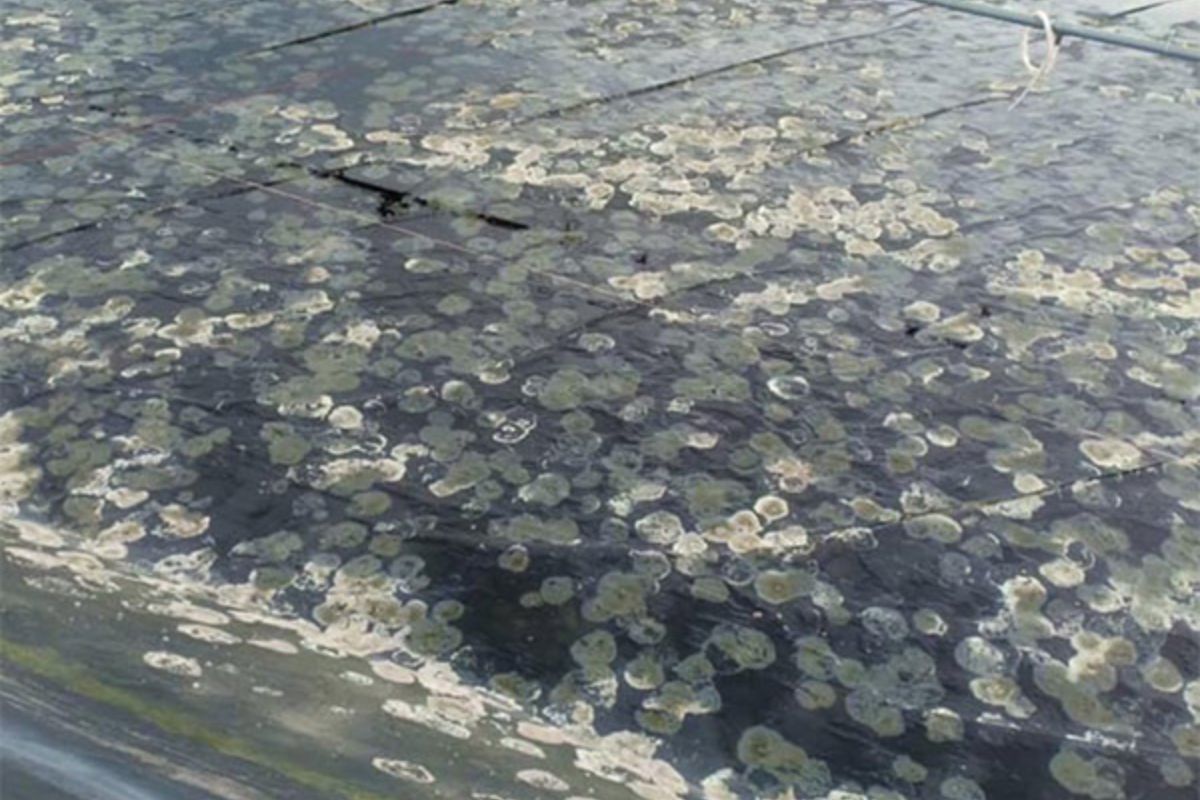
Coin fungus appear in tarpaulin ponds
Notes on preparing for winter crop
Choose healthy seeds and the right time to stock
Farmers should choose seed sources from reputable establishments with negative test certificates for diseases on the list of mandatory diseases issued by specialized agencies. In addition, when choosing the appropriate time to stock the seeds, farmers can nurse the seeds for about 25 - 30 days and then proceed to finished product ponds.
Take care of the pond environment and manage water
Ensure water quality in shrimp ponds. Check and adjust water indicators such as temperature, pH, dissolved oxygen and ammonia to ensure a stable and good shrimp farming environment. For areas with low temperatures, use a temperature control system to ensure the temperature in the pond is stable and suitable for shrimps.
Nutrition and mineral supplementation
Provide suitable and sufficient feed for shrimps. Adjust the amount of feed and frequency to suit the nutritional needs of shrimps in winter. Shrimps need to be supplemented with vitamin C and minerals in their daily food. This helps enhance the resistance and health of shrimp during this period.
Disease management
Monitor shrimp health and take disease prevention measures. Ensure pond hygiene and regular shrimp inspection to detect early signs of disease.

Vannamei shrimps grow healthily and are of even size.
Currently, winter shrimp farming also has many difficulties such as low temperatures, so farmers have to invest more, such as building canvas houses to stabilize the temperature. However, the longer the farming time, the more difficult environmental management will be. Therefore, when investing in canvas houses, people should master farming techniques.
Cultivating whiteleg shrimp in winter is very difficult, but if you choose the right time under different farming system conditions, the profits are quite high. Successful winter shrimp farming will bring great economic value, 1.5 - 2 times more effective than main crop farming and a favorable consumer market. Wishing you a prosperous winter crop!
Cre: tepbac.com








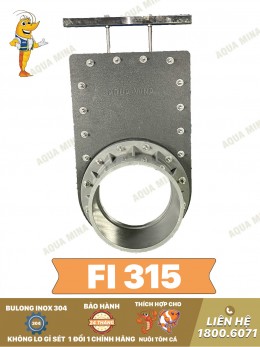
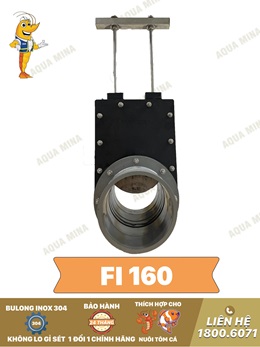

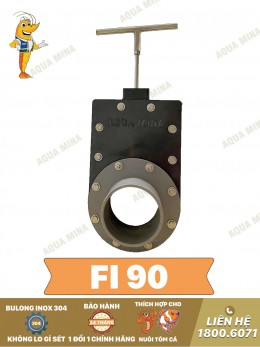
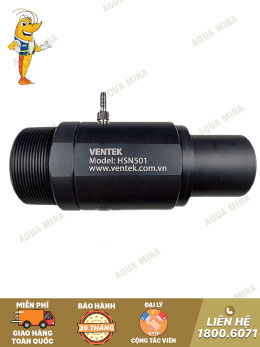
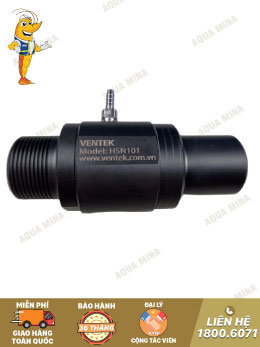

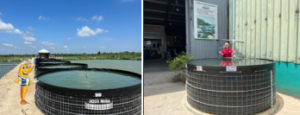
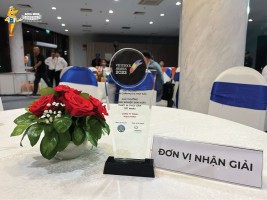
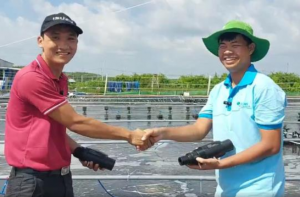
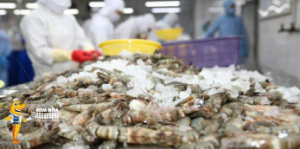
.jpg)